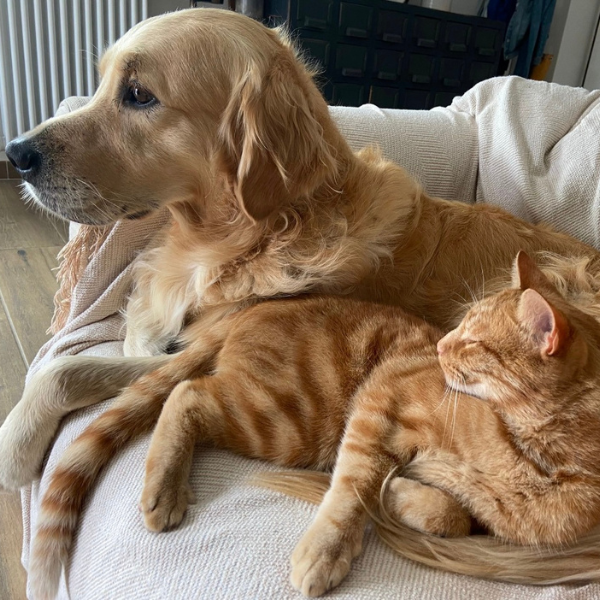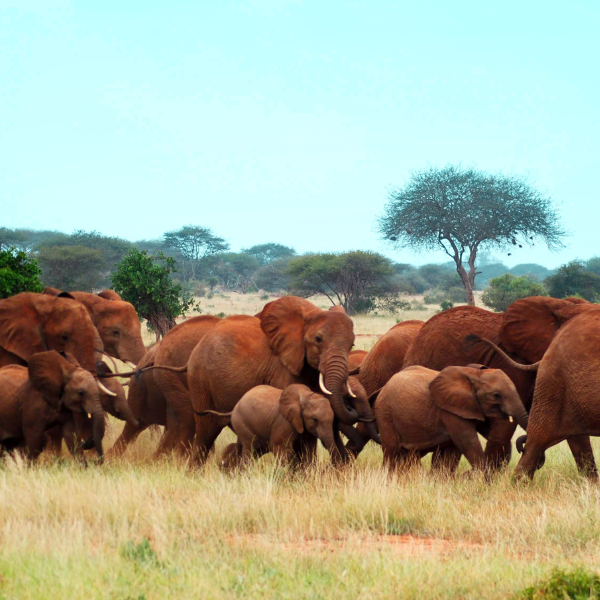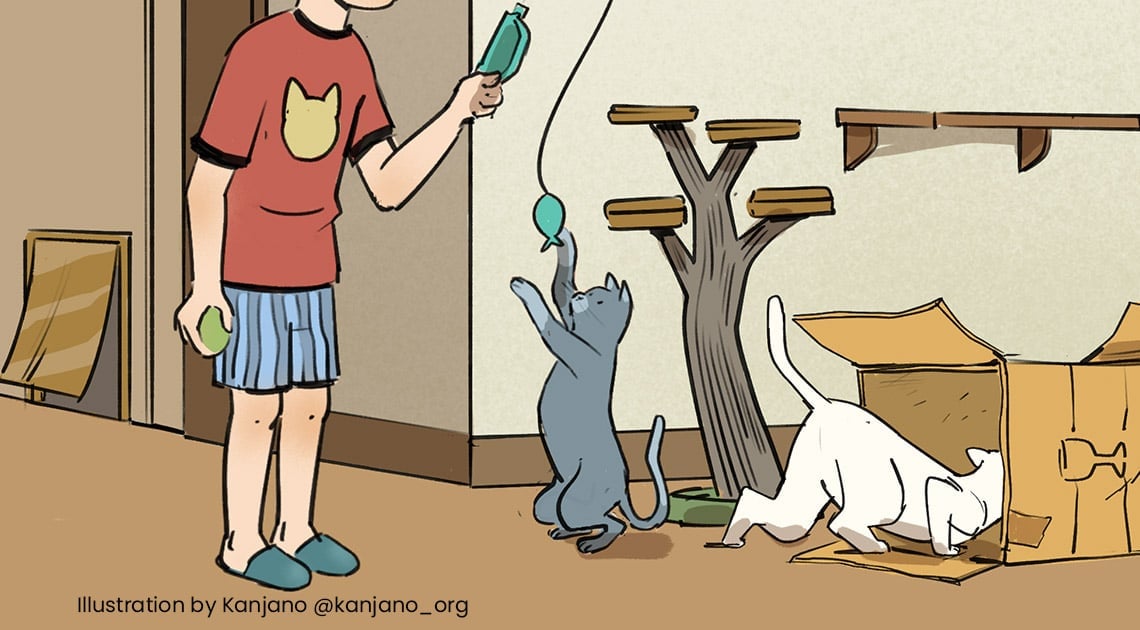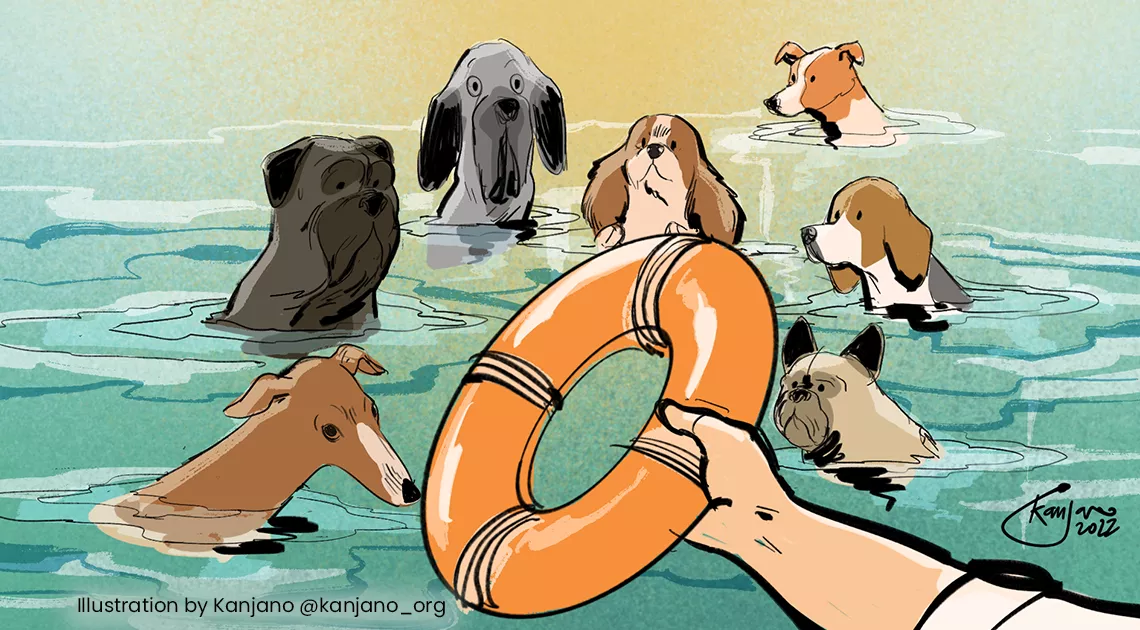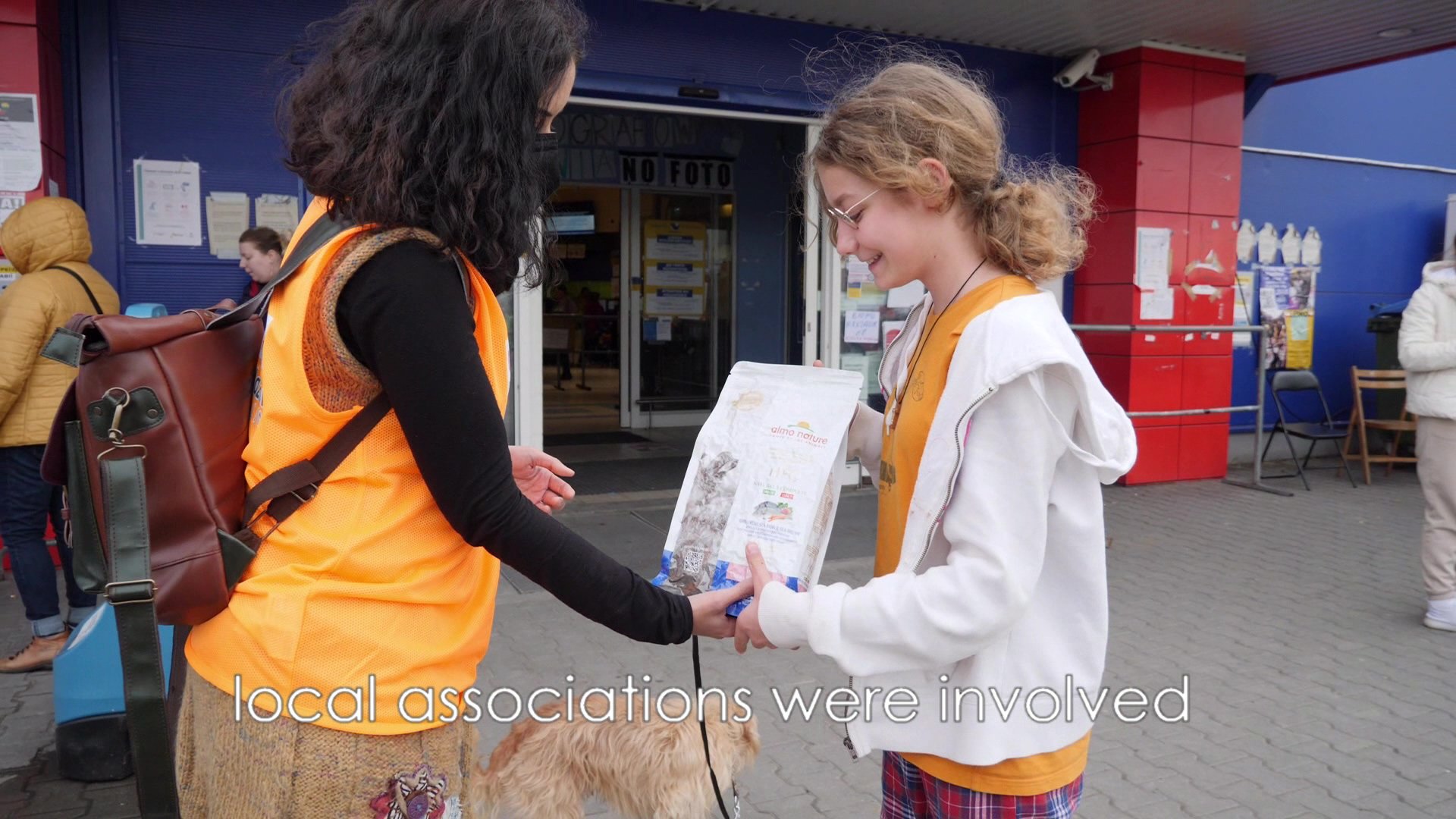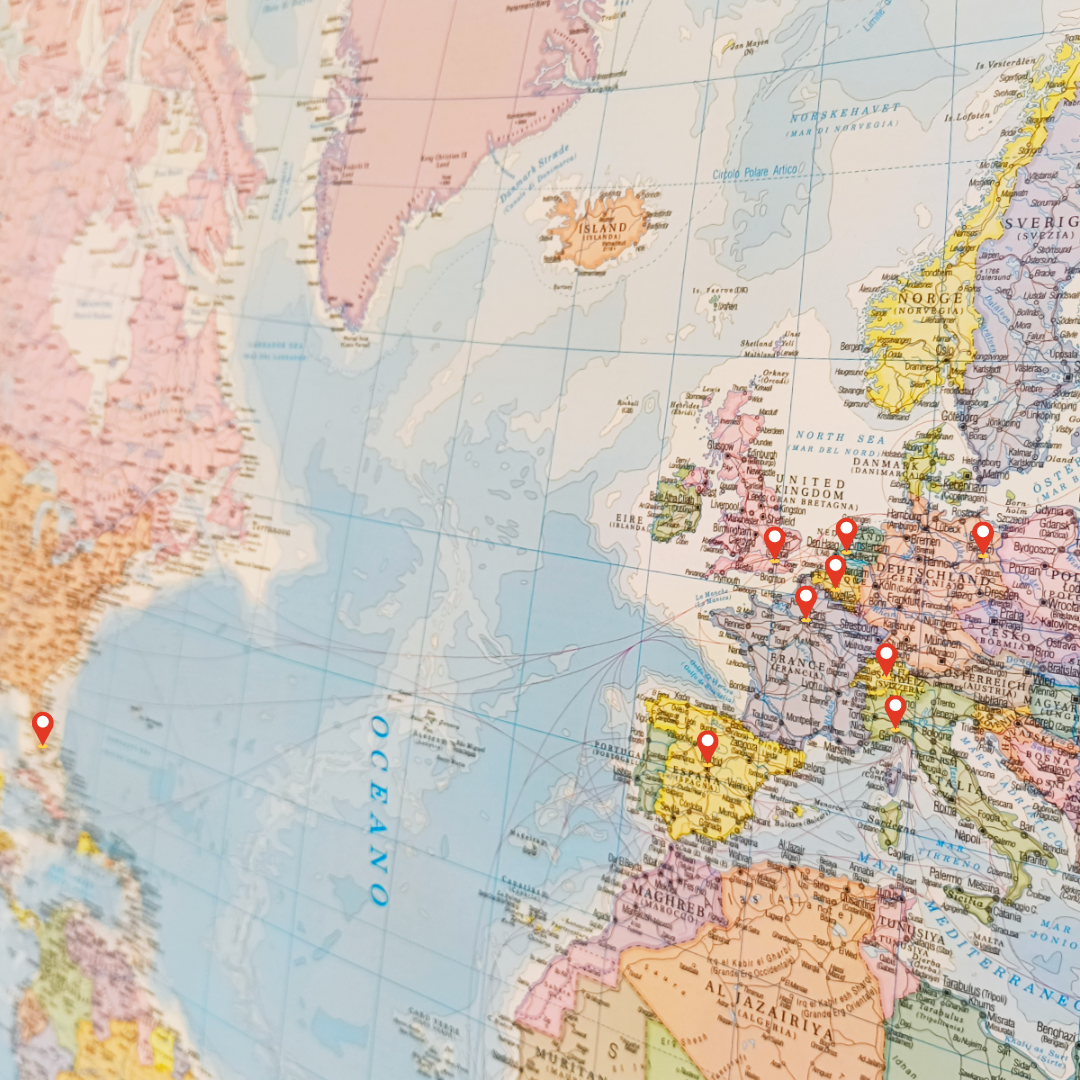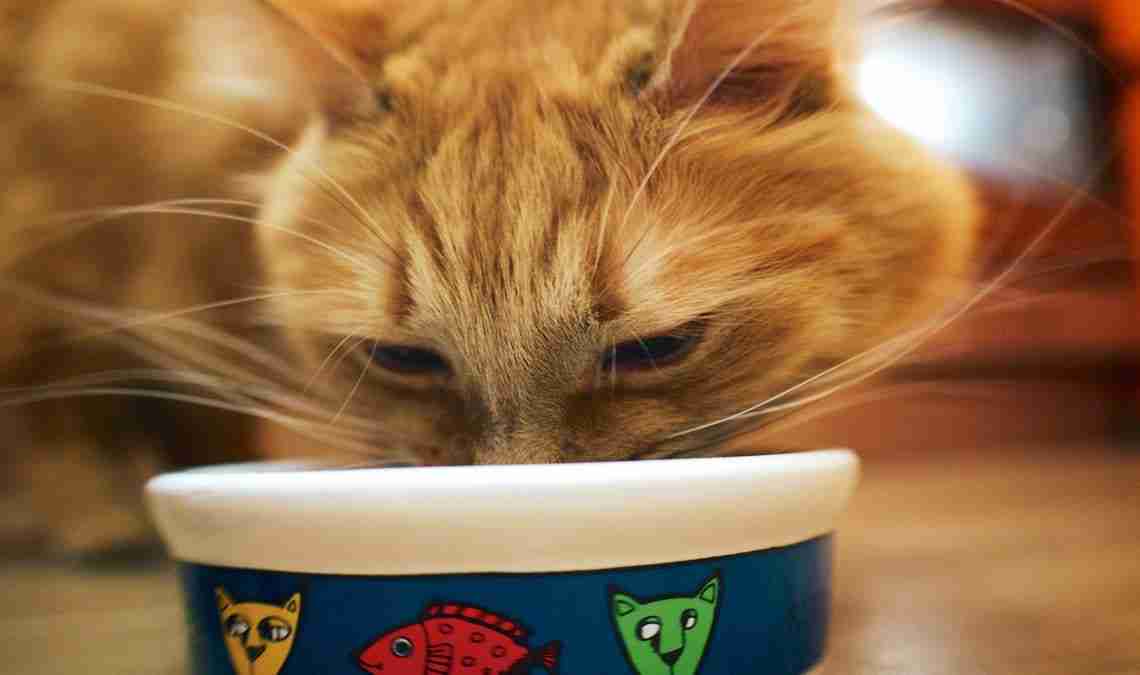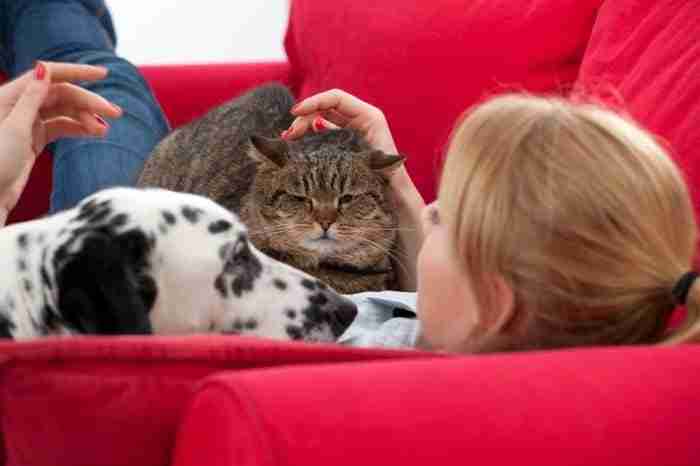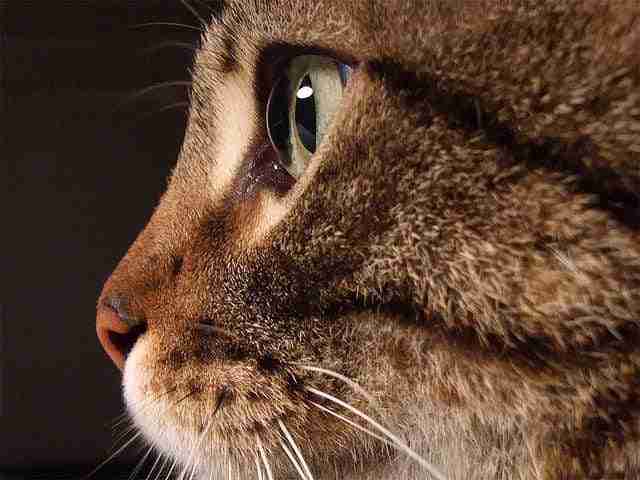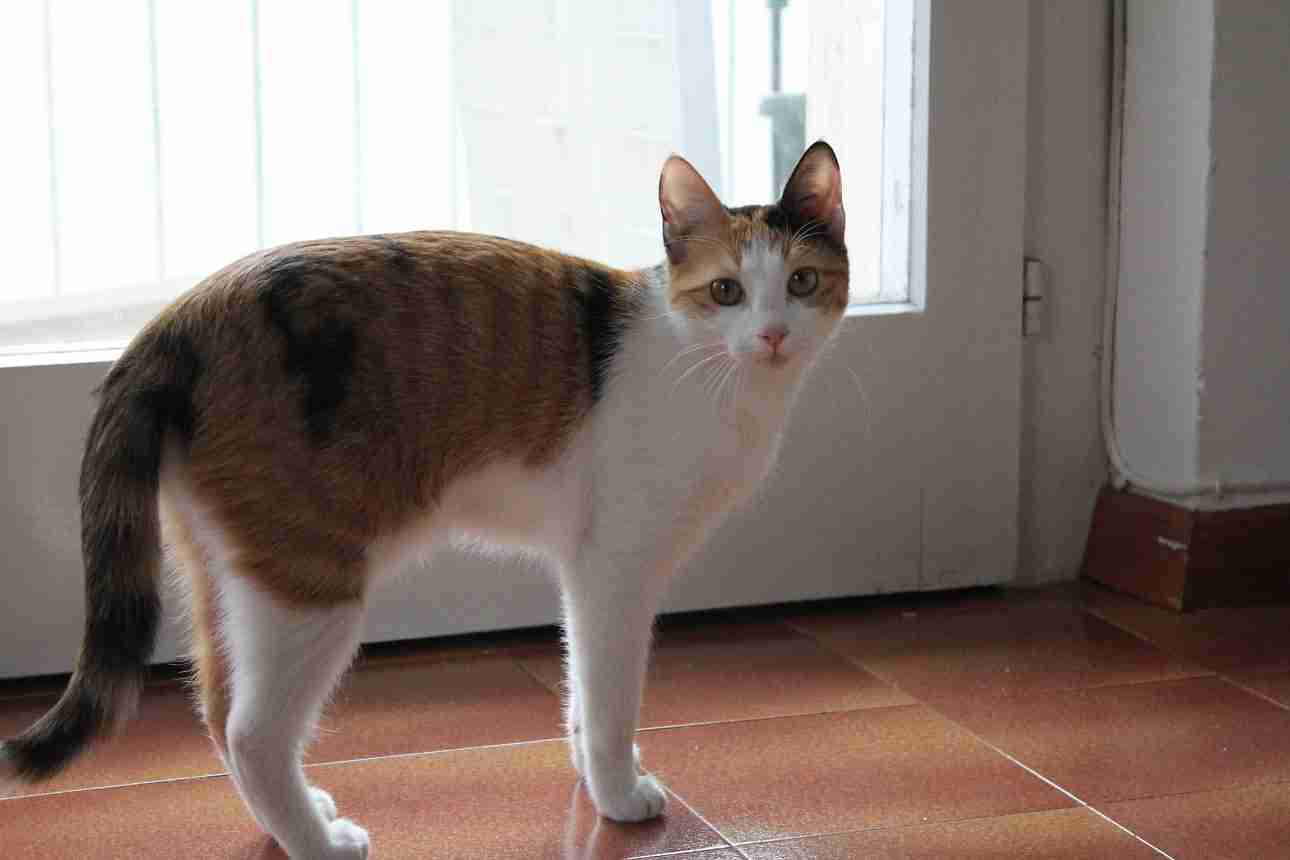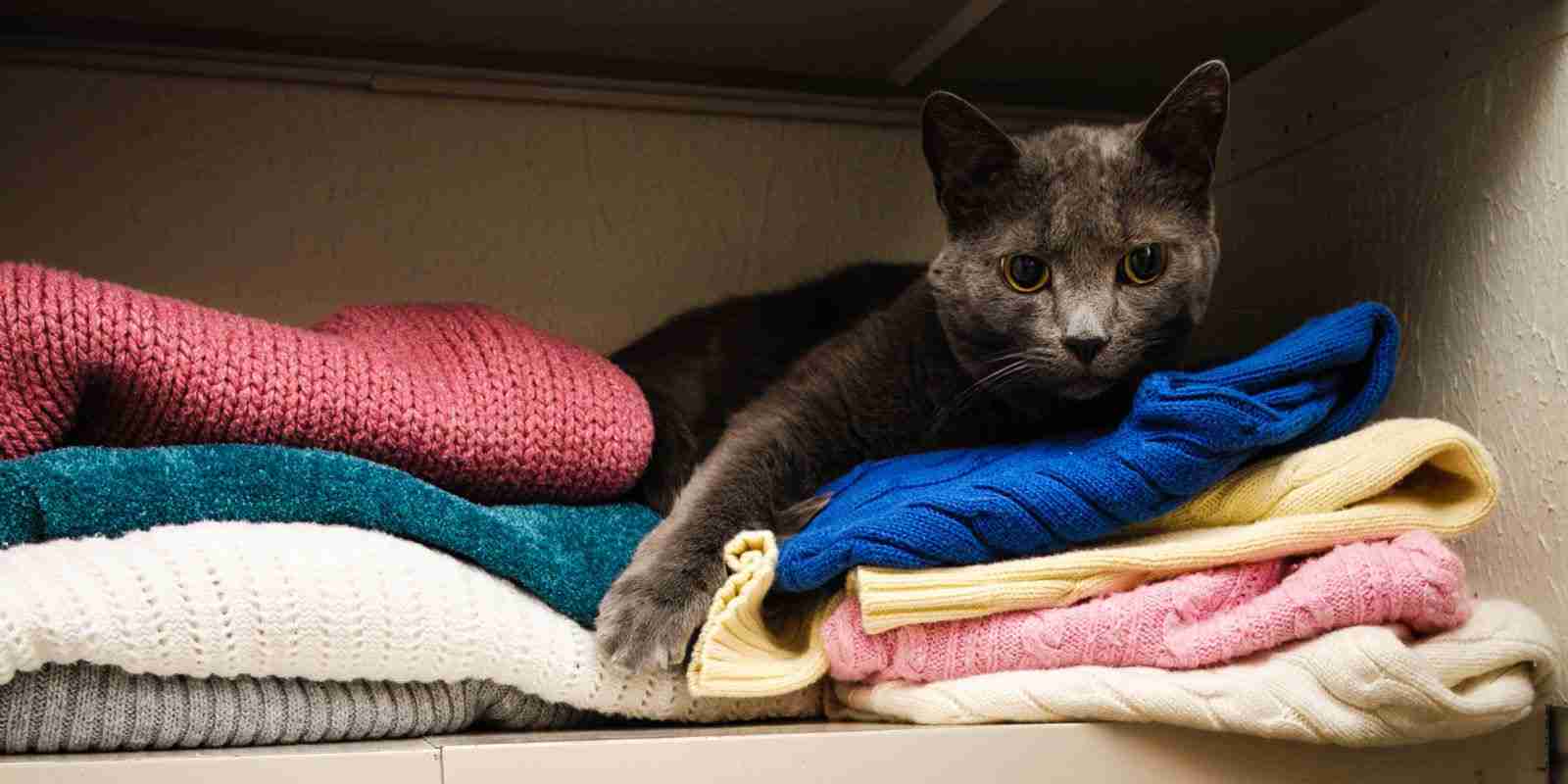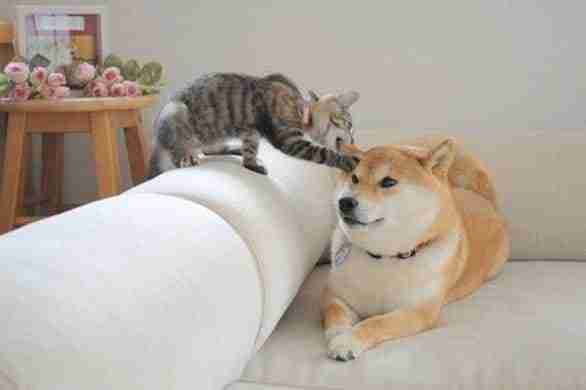The solution to wildlife predation cannot be the captivity of cats
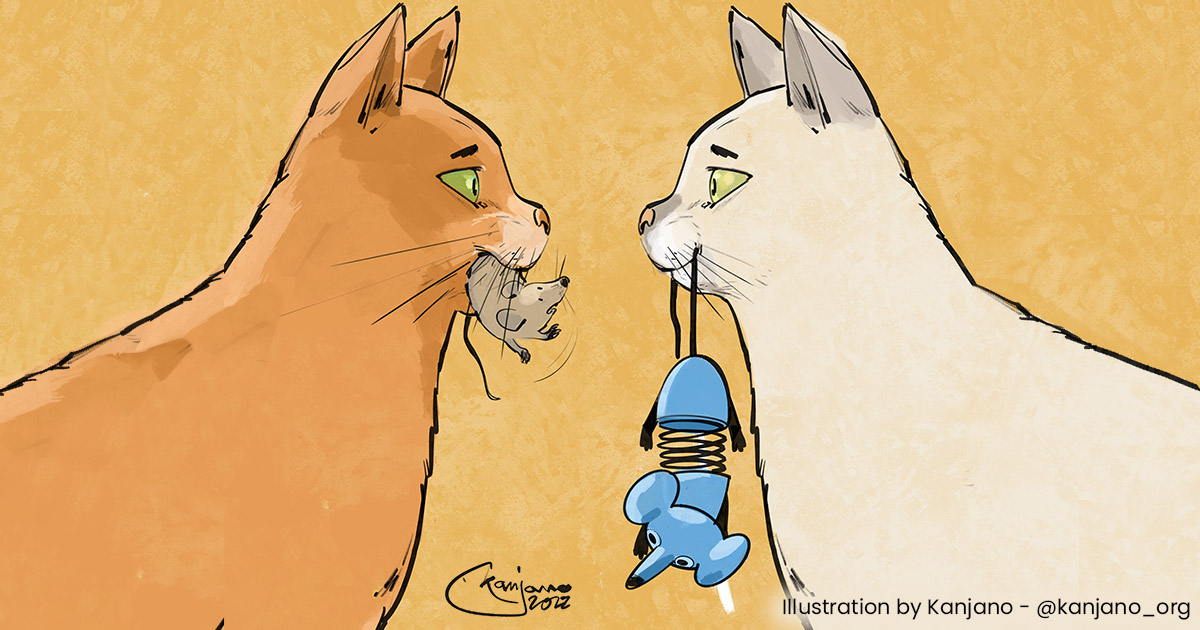
By Sonia Campa
Domestic cats have always been a point of contention for human beings, so much so that in the course of history they have gone from being objects of worship to the personification of extreme diabolic evil.
To some extent, this dichotomy survives to this day, especially in communities where the population is divided between those who value cats as companions and as pest controllers and those who value wildlife and see cats as superfluous predators and invasive animals.
I will not go into the merits of the studies on the impact of the domestic cat on wild species because I believe that this is a scientific debate and, as such, should be carried out in the appropriate forum. Moreover, I would like to avoid the typical polarizations of social environments where this theme is often used as an ideological battle tool. Instead, science is a constantly evolving process, the acquisitions of which are continually being scrutinized by new evidence.
Here I will limit myself to drawing upon my work regarding the assessment and planning of cognitive-relational interventions involving the domestic cat, hoping that my observations can contribute to enrich and articulate the public discussion, tearing open the veil of the obvious that hinders any deepening of the subject.
Opposing sides
For some of the opponents, cats should not exist in the open at all because, seen as domestic animals, they have lost their place in the "natural" ecosystem. According to others of more moderate positions, having too many cats around (where this "too many", however, has never been quantified empirically but is always the result of probabilistic estimates), at least the owned cats should be kept at home. For both sides, cats should still be confined indoors whenever possible, that is, whenever control over their existence can be exercised.
On the other hand, cat owners are often concerned about the psycho-physical well-being of their cats and some report that they are not able to confine them, even if they so wish, because if they do, they face the emergence of stress and general malaise [1].
This happens because, in practice, the idea of leading any owned cat to an exclusively indoor lifestyle is not as automatic as you might think. It is not enough to close the door, just as is not enough to enrich the cat's environment or play with it.

Biological limits
Every animal that is born carries within it a genetic legacy that makes it suitable to live in a certain way and in a certain context. Adapting to a different environment or lifestyle than the elective one can lead to difficulties in adapting, behavioural changes, illness.
No animal is born predisposed, selected, to live closed within the four walls of a human house. No animal has in its biology (in its sensory organs, in its perceptive processes, in its elaborative and decision-making processes) such information. Cats even have a physiological and behavioural repertoire that is still very close to their wild ancestor [2], which shows that domestication has not changed them to such an extent that they are differentiated from their progenitors (ergo, it is far from a monolithic process of exclusion from the natural world).
But let us suppose we even want to neglect this evolutionary "detail", seeing that many cat opponents are convinced that domestication has irreversibly changed (and it has not) the genetics of this animal denying it, thus, its place in the natural system.
Ethological limits
However, we will have to deal with the fact that even only from a social point of view, cats, all of them, are part of a sociality continuum [3], and that goes from the cat that has been rendered wild again-that lives of expedients and is completely emancipated from man-to the "at home" cat that sleeps on our bed. In the middle, there are infinite nuances and not all of them are able to adapt either to a home context or to physical and relational proximity to humans and other animals. The possibility that domestic cats–including owned cats-can lead a life in close contact with humans depends on a mix of genetics and early experiences. It must be learned in the first weeks of life, and is not a generalizable ability of the overall cat population just because of being taxonomically labeled "domestic".
Origins matter
It is generally thought that the assiduous presence of a full bowl of food and the replacement of hunting opportunities with play are all that a cat needs for a successful adaptation within the walls of the home, adhering to a twentieth-century behavioural vision that uses manifest behaviour as the sole parameter of animal welfare. But, again, by virtue of their behavioural variety, cats are not all equally adaptable and do not always prove compatible with human homes. Cats that are born outdoors or with a strong innate propensity to exploration and territorial control, even if born in the house, are the preferred candidates to develop behaviour alterations due to the impossibility of fully expressing their motivational drives. Sometimes these alterations are not visible in the young subject but emerge, altered in the adult stage. At other times, they are immediate. The risk is the abandonment of the animal that can result in its return to that same "natural" environment from which it was wanted to be excluded in the first place.
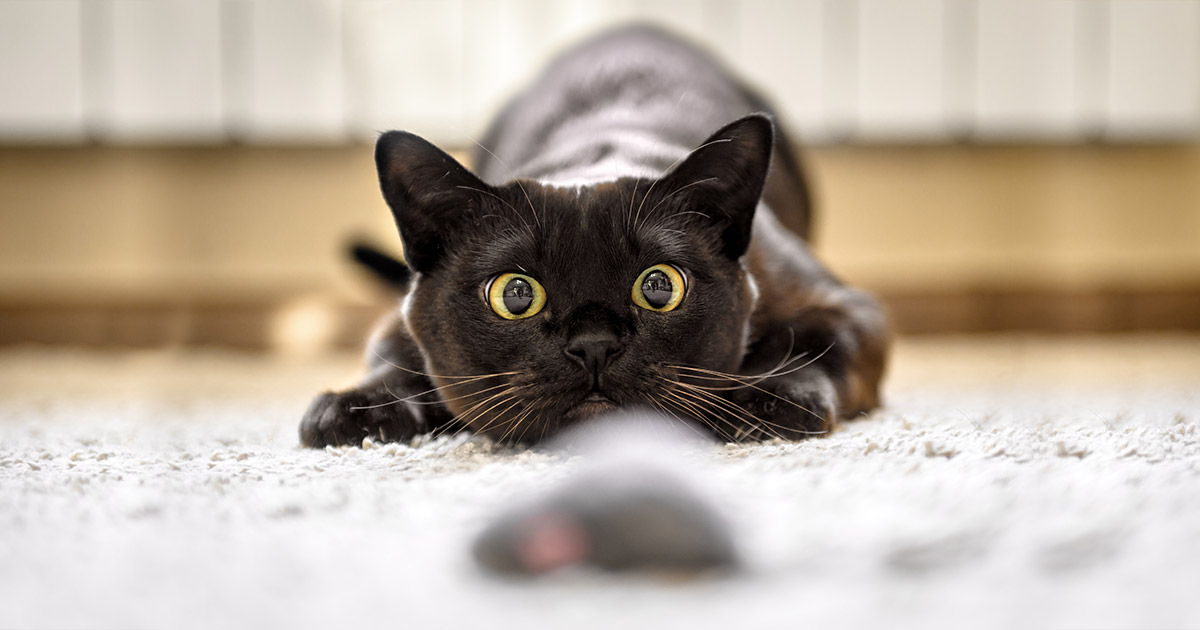
Optional sociality
People who love cats tend to have more than one and this very frequently generates conflicts due to competition, to small spaces, to character incompatibility (always because the sociality of cats has dynamics that are far from obvious). In many families, cohabitation is possible only because cats can avoid mutual conflicts by distancing themselves appropriately through access to the outside, in order to sedate or dissolve tensions [11]. If those cats were forced into a 24-hour confined space, cohabitation would be very difficult, if not impossible. And, again, this would result in subjects abandoned or freed from human control.
The medicine based on evidence
Some behavioural medicine studies have linked the psycho-physical health of domestic cats with lifestyle, highlighting how an indoor regimen entails an increased risk of obesity and the development of behavioural changes such as inappropriate elimination, destructive and self-injurious behaviour, addiction problems, aggression [6,8,9,10].
To this counter-argument, the opponents of the free cat often maintain that the protection of wild species is well worth the malaise of the individual. What is neglected is that here it is not a matter of "individuals" but of the fact that certain management strategies are not generalizable towards a species with the behavioural and physiological characteristics of the domestic cat. The ideal would be to find one or more solutions that allow the protection of both cats and other species, keeping in the perimeter of normal ecological dynamics. That is, understanding what protection means: can we really expect cats to stop hunting and preying completely? Or should we not consider this as a variable to include (treating it) in the understanding of current ecological dynamics?
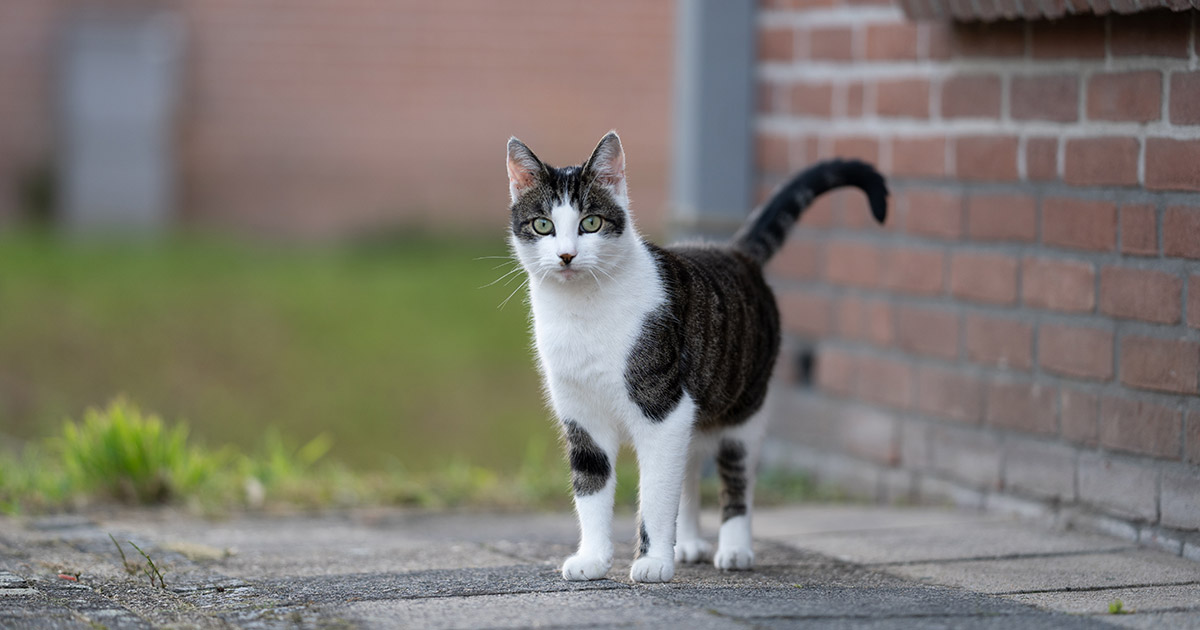
Cats occupy already impoverished environments
Often estimates of the impact of cats are made, taking into account optimal efficiency over a life expectancy of a dozen years. However, whether and how much a cat, even one that has access to the outdoors, is an effective predator depends on a complex of factors [4,7] ranging from actual age to personal aptitude (some owned cats are simply too lazy or not able to spend their energy in highly exertive activities like hunting) to the quality of the territory. Many cats live in areas chemically de-ratted by man, with very high rates of urbanization and very poor urban ecosystems in terms of fauna, to the point that some target (i.e. bring home as hunting booty) soft toys, gardening gloves, garbage. They do not prey at all and not because they have exterminated everything, but because there is very little to focus on.
A better understanding of levels of flexibility and maintenance of the predatory behaviour of the cat is mandatory, as well as understanding the genetic, behavioural, ontological, physiological and environmental factors that determine the attitude and predatory preferences in order to avoid the taking on of generalized Draconian strategies.
Studies on temperament
Also, studies on the temperament of the domestic cat more and more clearly demonstrate an old popular adage: cats are all different from each other. The safest and most determined cats seem to have larger territories than shy and submissive individuals, so their impact will also be different [4].
Field experience
For what it’s worth, my field experience also shows me how little obvious it is to think about confining any cat within four walls: almost all the people who ask for my intervention as a behavioural consultant have cats living indoors. You might think that these people are simply more sensitive than those who let them out, and that’s why they consult me. Perhaps. But if this were so, I would have a varied case load. Instead, people who contact me do so because their cats have actually developed behavioural alterations that are often due to dysfunctional forms of adaptation to the domestic regime.
Some may say that these families do not commit themselves enough to their cat but I feel I can defend them with a sword: when it comes to a lack of correspondence between the needs of an animal and what the physical and social environment has the possibility to offer, good will may not be enough to maintain the psycho-physical balance.
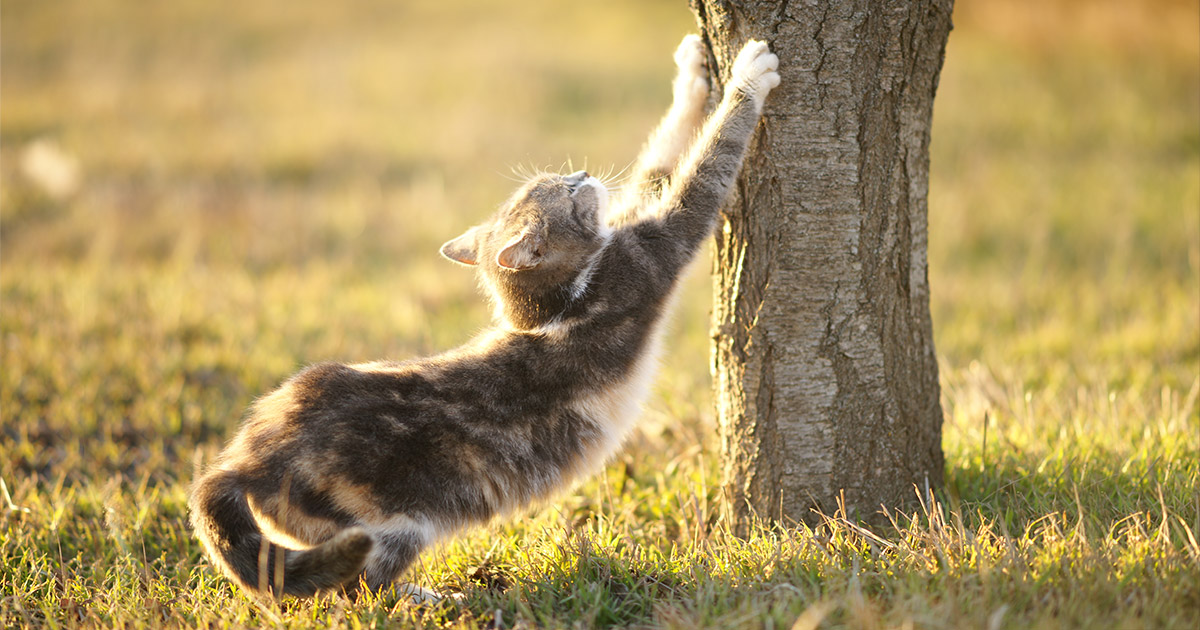
Reformulate the problem
The protection of wild species cannot pass from the forced containment of the domestic cat, not even if owned, because this is a measure non-generalizable, ethologically unsustainable, as well as ethically questionable (the latter, an aspect that has always been snubbed).
Moreover, we cannot neglect that we are European, not American or Australian or from New Zealand. The free cat is part of our culture. It has always inhabited our environments, both social and ecological, and the relationship with it is the result of an evolution as old as the practice of agriculture.
Alternatives to reduce the impact of the domestic cat have been little explored but some results are already there: keeping it inside at night when its efficiency is maximally expressed, feeding it with a high-protein diet, providing many opportunities for predatory play when it is in the house are all strategies that have been shown to work on cats that have access to the outside [5].
And then work on a more responsible and, above all, regulated containment of numbers, a practice that - at least in Italy - has never found the seriousness and commitment it deserves by the relevant institutions, having preferred to delegate the management of feline demography to the spontaneity of volunteering.
What we would need is the development of conservation-friendly strategies that on one hand reduce the aversion of some people towards cats and on the other hand meet the sensitivity of those who want to manage their cat responsibly but who also have to deal with the implications of its irrepressible species identity.
It is also reasonable to think that the solution to the problems of wildlife protection is not only attributable to the management of cats but also to human responsibilities in terms of habitat erosion, deforestation, pollution, urbanization, climate change. Unfortunately, every time you try to widen the panorama, you are accused of 'benaltrismo', that is, of wanting to shift the focus of a problem by pointing at another unrelated one. It would be the famous "and then the marines?".
I, however, think it is myopic not to keep in mind that if you get pneumonia, it is reasonable to prioritize treatment of the infection, not just the fever with a bottle of Paracetamol. Paracetamol can be taken to lower the body temperature, but the infection will still be there. And maybe, in the meantime, it could get worse.
Bibliography
[1] McDonald JL, Maclean M, Evans MR, Hodgson DJ. Reconciling actual and perceived rates of predation by domestic cats. Ecol Evol. 2015;5(14):2745-2753
[3] Sparkes AH, Bessant C, Cope K, Ellis SL, Finka L, Halls V, Hiestand K, Horsford K, Laurence C, MacFarlaine I, Neville PF, Stavisky J, Yeates J; ISFM. ISFM guidelines on population management and welfare of unowned domestic cats (Felis catus). J Feline Med Surg. 2013 Sep;15(9):811-7.
[2] Driscoll CA, Clutton-Brock J, Kitchener AC, O'Brien SJ. The Taming of the cat. Genetic and archaeological findings hint that wildcats became housecats earlier--and in a different place--than previously thought. Sci Am. 2009;300(6):68-75.
[4] Dickman C.R., Newsome T.M. Individual hunting behaviour and prey specialisation in the house cat Felis catus: Implications for conservation and management. Appl. Anim. Behav. Sci. 2015;173:76–87.
[5] Cecchetti M., Crowley S.L., Goodwin C.E.D., McDonald R.A., Provision of High Meat Content Food and Object Play Reduce Predation of Wild Animals by Domestic Cats Felis catus (2021) Current Biology, 31 (5) , pp. 1107-1111.e5.
[6] Irene Rochlitz, A review of the housing requirements of domestic cats (Felis silvestris catus) kept in home, Applied Animal Behaviour Science 93(1):97-109, September 2005
[7] Dickman CR. Newsome TM. Individual hunting behaviour and prey specialisation in the house cat Felis catus: implications for conservation and management. Appl. Anim. Behav. Sci. Vol.173, December 2015, pp. 76-87
[8] Neville PF. An ethical viewpoint: the role of veterinarians and behaviourists in ensuring good husbandry for cats. J Feline Med Surg. 2004 Feb;6(1):43-8
[9] Amat M, Ruiz de la Torre JL, Fatjó J, et al. Potential risk factors associated with feline behaviour problems. Appl Anim Behav Sci 2009; 121: 134–139.
[10] Rowe E, Browne W, Casey R, et al. Risk factors identified for owner-reported feline obesity at around one year of age: dry diet and indoor lifestyle. Prev Vet Med 2015; 121: 273–281.
[11] Crowell-Davis SL, Curtis TM and Knowles RJ. Social organization in the cat: a modern understanding. J Feline Med Surg 2004; 6: 19–28
----------------------------------------
Other Editorial by Sonia Campa

